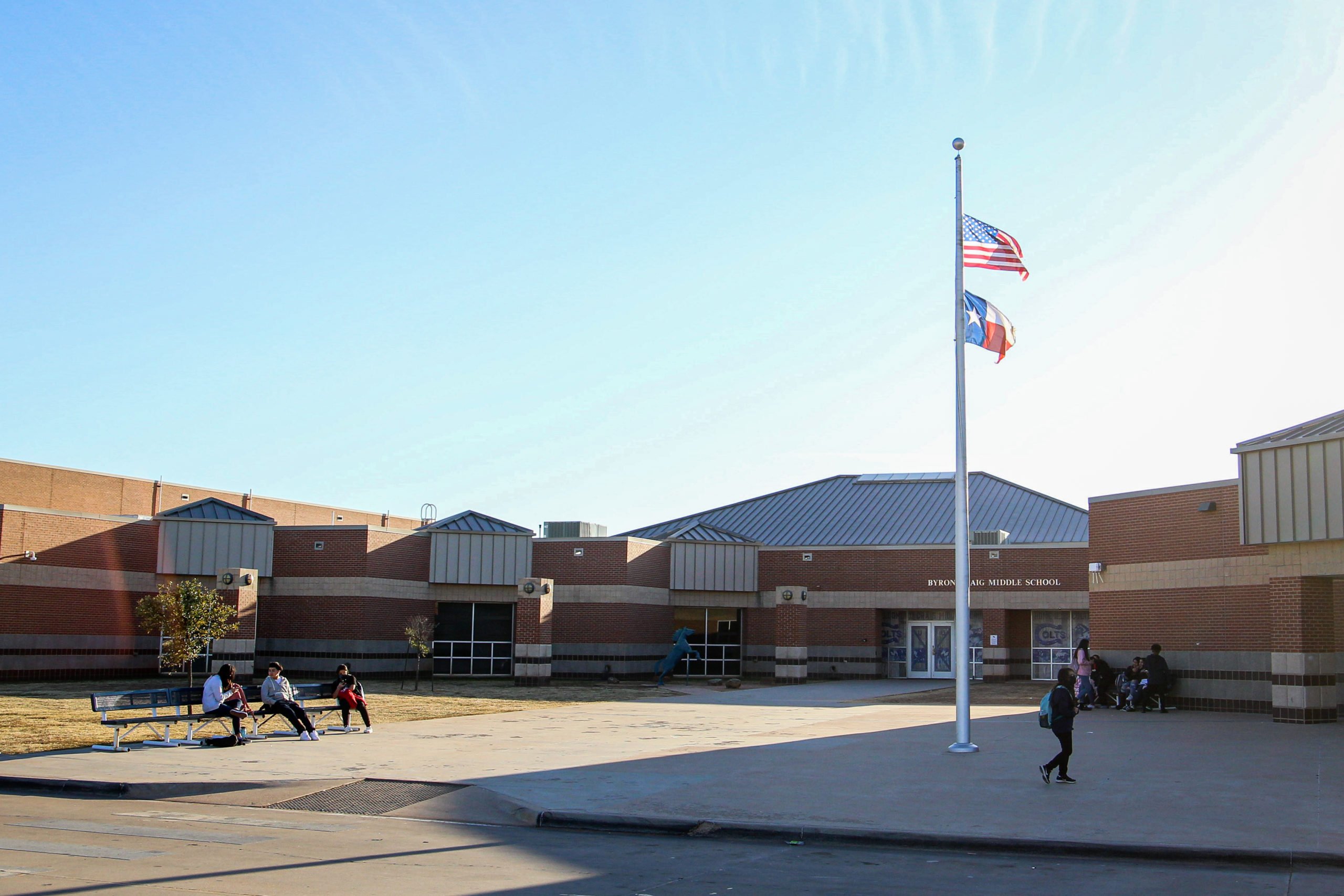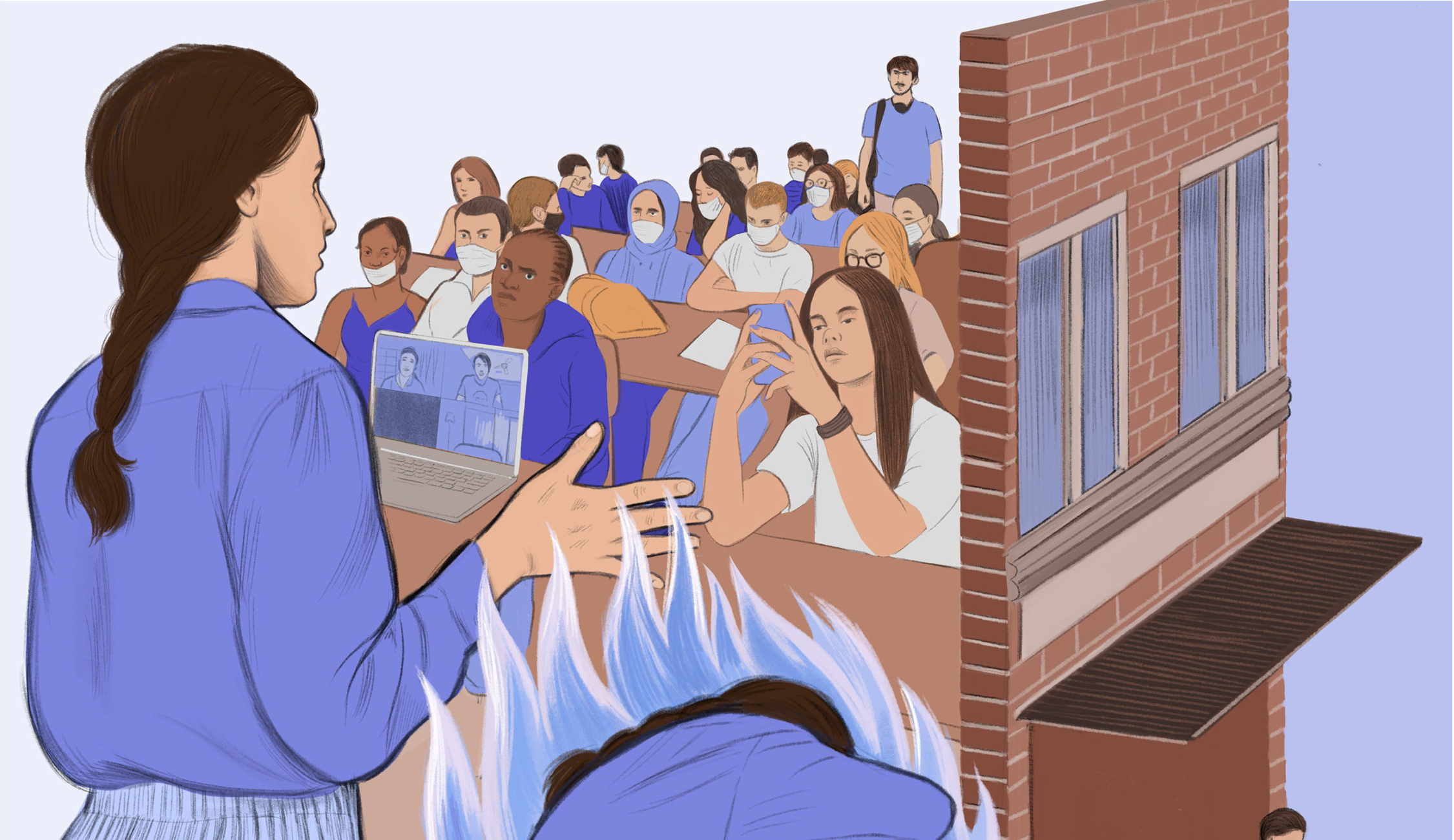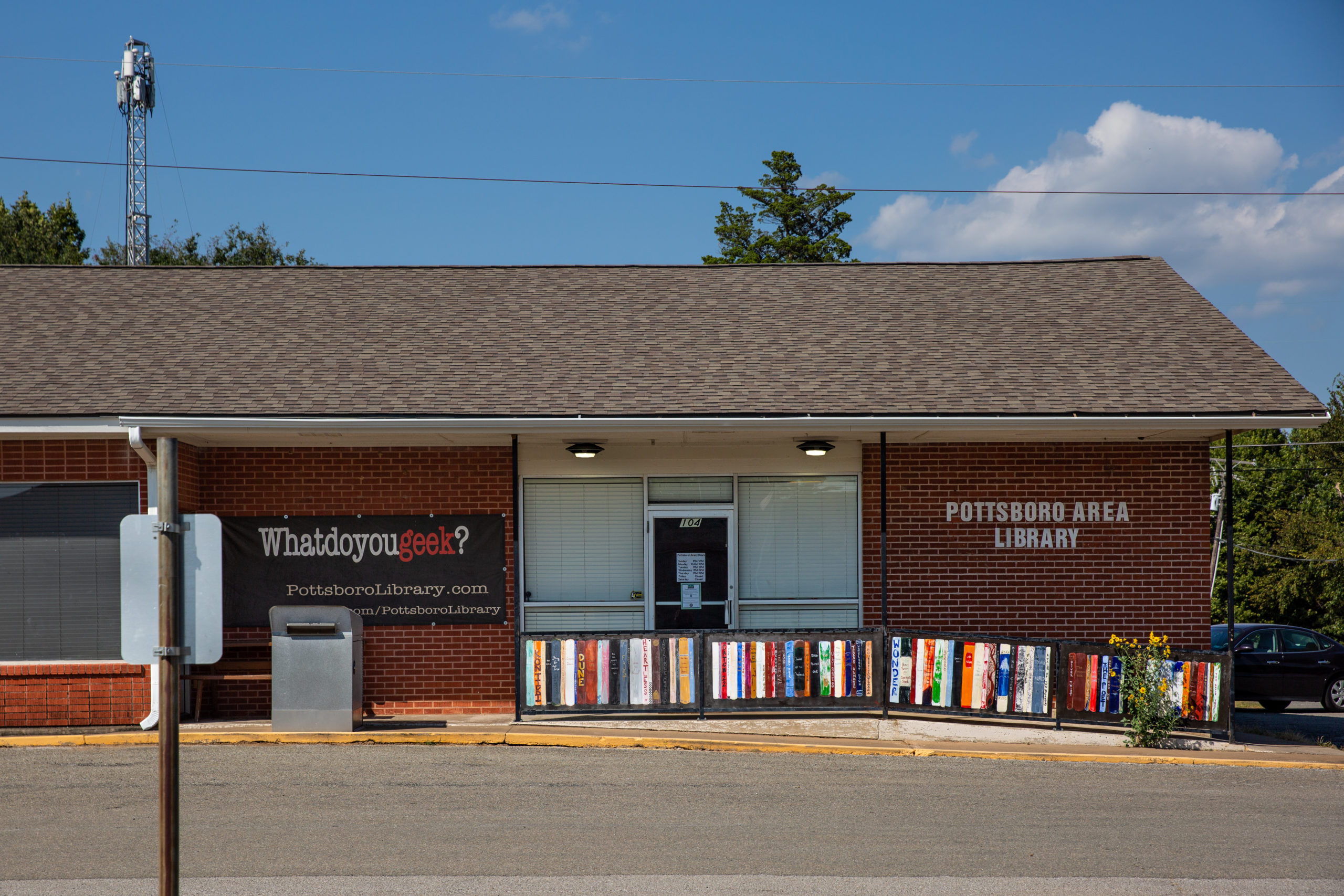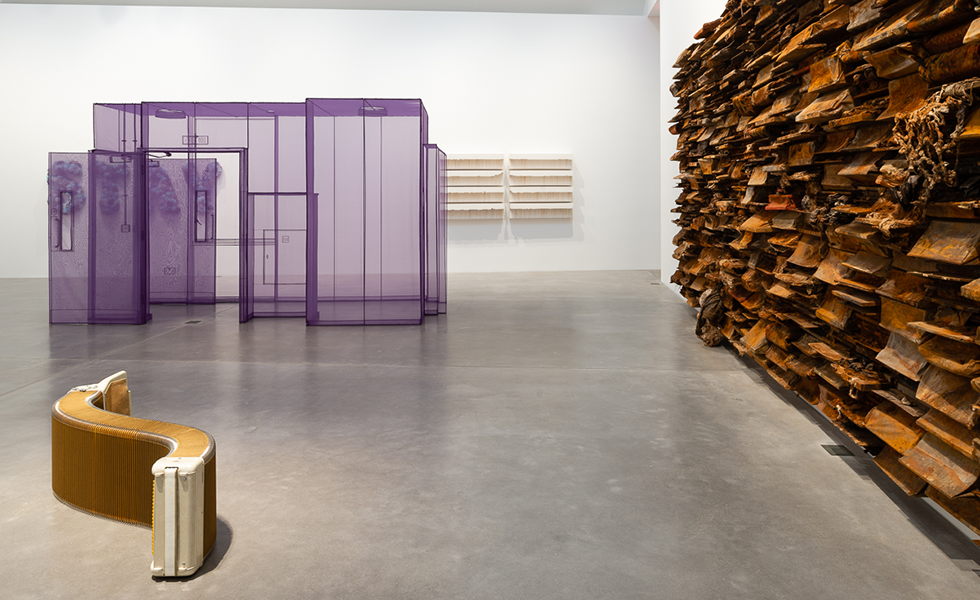
Shuttered by the Coronavirus, Texas Art Museums Are Moving Online
While physical spaces are shut down, the digital world is letting Texas museums flourish.
Above: Ruby City's inaugural exhibit, Waking Dream, has moved to the website.
Computer screens may not be able to capture the magic of museums, but they’re the next best thing with the majority of Texas cities now under shelter-in-place orders. In the face of this dramatic shift, most museum directors and staff aren’t allowed into their workplaces any longer, and they’ve had to think on their feet to keep their collections accessible. No longer able to rely on carefully curated physical spaces, museums across the state have gotten creative, offering new and innovative digital programming.
At least 23 Texas institutions can now be accessed through Google Arts and Culture, a virtual platform on which anyone can view high-resolution images of artwork housed in partner museums. More than 2,000 museums from 80 countries have online collections on the site, from large museums like the Museum of Fine Arts, Houston and Austin’s Blanton Museum of Art to smaller ones like the Austin Museum of Popular Culture and the Selena Museum in Corpus Christi.
But Google is just the tip of the digital iceberg. Many of us are craving activities to keep ourselves engaged, and art museums statewide are hoping to fill our time. Education initiatives—like the Dallas Contemporary’s lesson plans—and artist talks, crafting videos, tours, and recommendation lists are popping up. Online art magazine Glasstire is even posting five-minute tours of galleries and art museums like the Art Museum of South Texas and the Modern Art Museum of Fort Worth. But each team has done it a little differently.
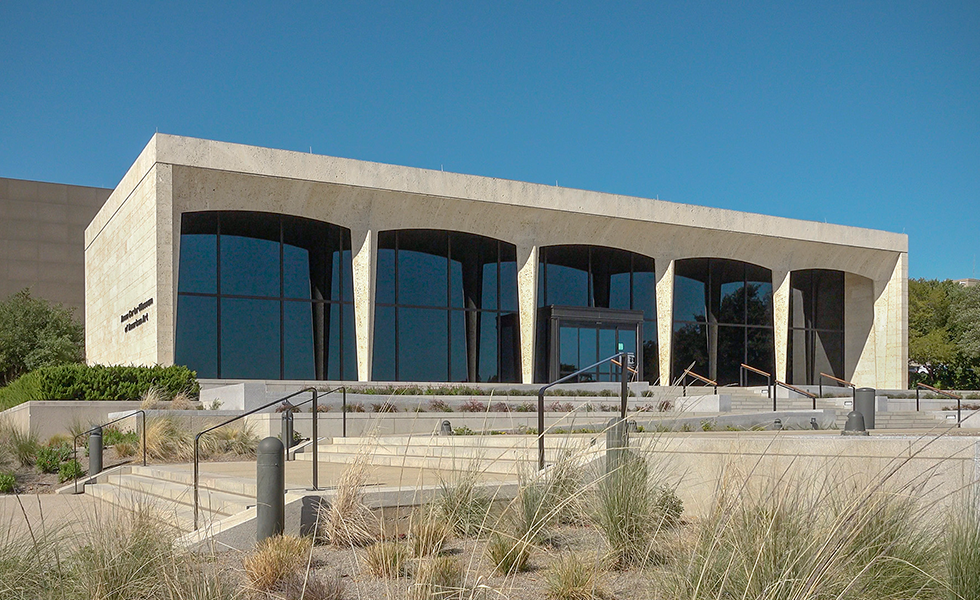
For the Amon Carter Museum of American Art in Fort Worth, YouTube is the new gallery. Their video series, “Cooped up with the Carter,” includes tutorials for at-home activities inspired by works from their collection. Viewers can make mandalas inspired by a map that belonged to 1850s Texas painter Sarah Ann Hardinge; weave on cardboard looms to imitate Dallas-based installation artist Gabriel Dawe’s Plexus No. 34; and mix old fashioneds (for virtual happy hour!) to match 19th-century Californian painter William McCloskey’s Wrapped Oranges.
Kimberly Daniell, spokesperson at the Carter, says museum staff also dug into the archives to come up with new initiatives. The Masterpiece Memories series launched last week, and imparts old, untold stories about works in the collection. The videos are cut from rediscovered footage of the late Ruth Carter Stevenson, founder of the museum, speaking about the great artists whose work is kept in these halls. In the face of societal shutdown, now is the time to step back and appreciate the histories of our most treasured institutions.
Daniell says the Carter team is producing most of their content from home. The last day before the museum closed its doors, the staff spent hours and hours shooting videos of works they thought they could turn into digital content. After recording as much footage in front of the art as they could, now the staff is getting creative from home.
Museums like the Blanton in Austin and the Dallas Museum of Art have launched 360-degree interactive tours of their exhibits, using the same technology that realtors use to showcase striking spaces. “What we tried to do is, as much as possible, replicate the experience,” said Carlotta Stankiewicz at the Blanton. Looking to escape the news with online content, people are turning to streaming services like Netflix and Hulu, but Stankiewicz believes tuning into museum programming can be a more interactive, connective type of content.
The Blanton’s collection database of 19,000 works has been publicly accessible for many years, and in fact, some are easier to see online than in person. Almost 14,000 of these works are prints and drawings ranging from the 1400s to the contemporary era, but since paper is particularly sensitive to degradation, they can only be displayed for a total of 9-10 months every ten years. Under normal circumstances, students can request works to be pulled for them in the Blanton’s study room, but the works always live online.
The team at Ruby City, a new contemporary art museum in San Antonio that opened in October and was already named one of TIME’s 100 Greatest Places, says they too are developing hands-on activities from whatever they can scrounge up in their homes. Elyse Gonzales, director of Ruby City, says she hopes that this restrictive time period stirs new appreciation for creativity. “Our inability to be connected to creative practitioners hopefully highlights their importance in our society and in our world,”Gonzales told the Observer. Great art has regularly been created under burdensome restrictions and financial duress, Gonzales notes. “Necessity is the mother of invention.”
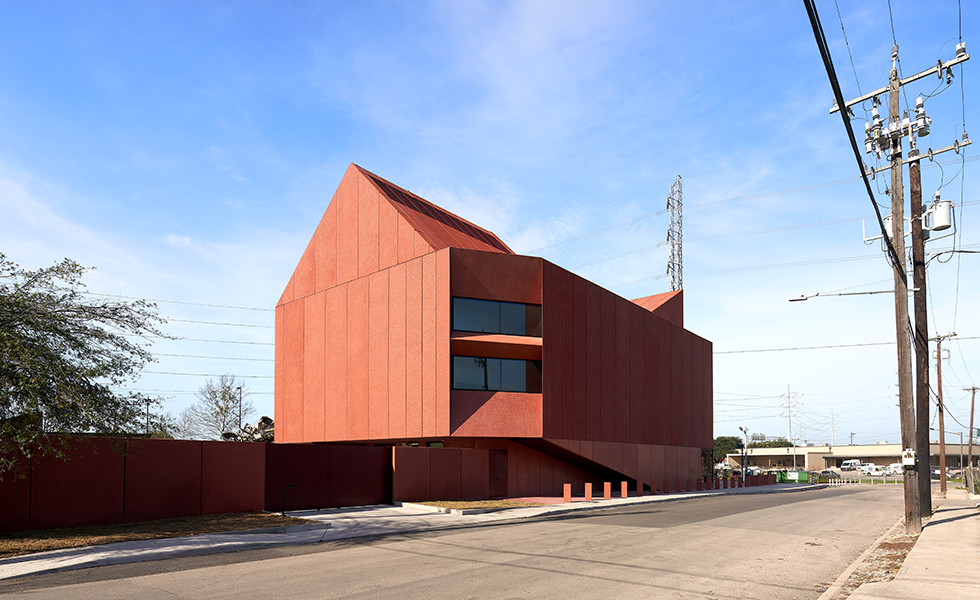
Museums are adapting to necessity as we all are. In the wake of canceled fundraisers and a drop to zero in-person visitors, museum teams will have to think creatively. Half the reason a museum visit is so special is the act of going. Much of the attention Ruby City has garnered is for its innovative architecture, designed by the British-Ghanaian architect Sir David Adjaye OBE. At the Blanton, Ellsworth Kelly’s Austin—a 2,715-square-foot monument to sunlight—is now closed to the public. Their #MuseumFromHome site links to essays and videos of the installation, which have been online for a year but have taken on new life in recent days.
It starts with museums large and small across Texas expanding their online programming and changing our mindsets about how we consume art outside a museum’s walls. Art is “a vital necessity in society,” says Carolina Alvarez-Mathies, Deputy Director at the Dallas Contemporary. Engaging with art in this time can be especially transformative. “Moments and gestures of joy are so needed.”
Read more from the Observer:
-
Migrants and Advocates Call to Close Detention Centers as COVID-19 Spreads: A new lawsuit argues that an outbreak in detention could overwhelm local health care systems.
-
As Texans are Exposed to Dangerous Pesticides, Lawmakers Aren’t Doing Anything: Pesticide drift is exposing rural Texans to dangerous chemicals. But lawmakers are more concerned with how that is eating into Big Ag’s balance sheet.
-
The Future of Fair Housing in Texas: John Henneberger has spent 45 years advocating for Texans’ right to have a safe, affordable place to live.
